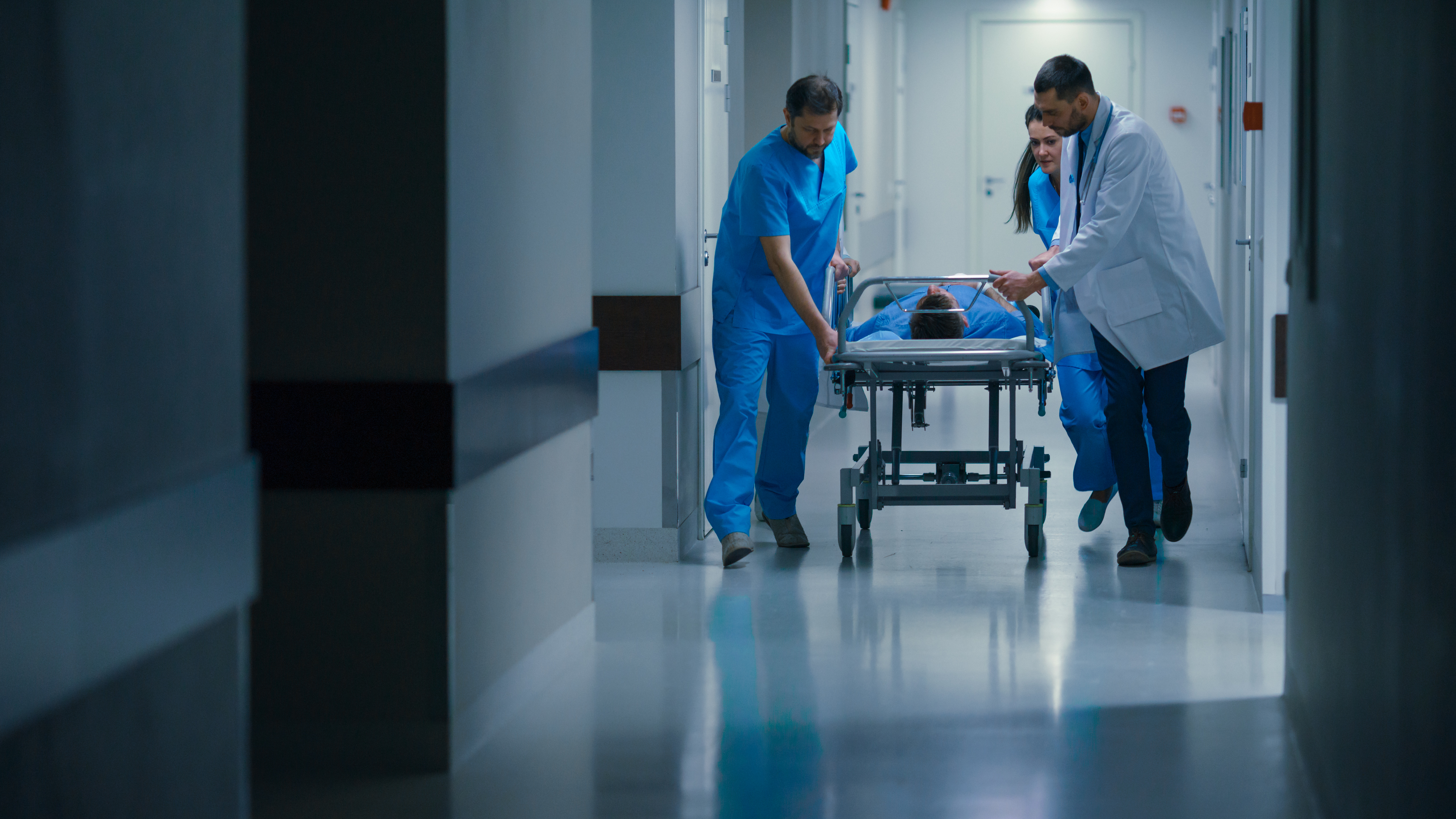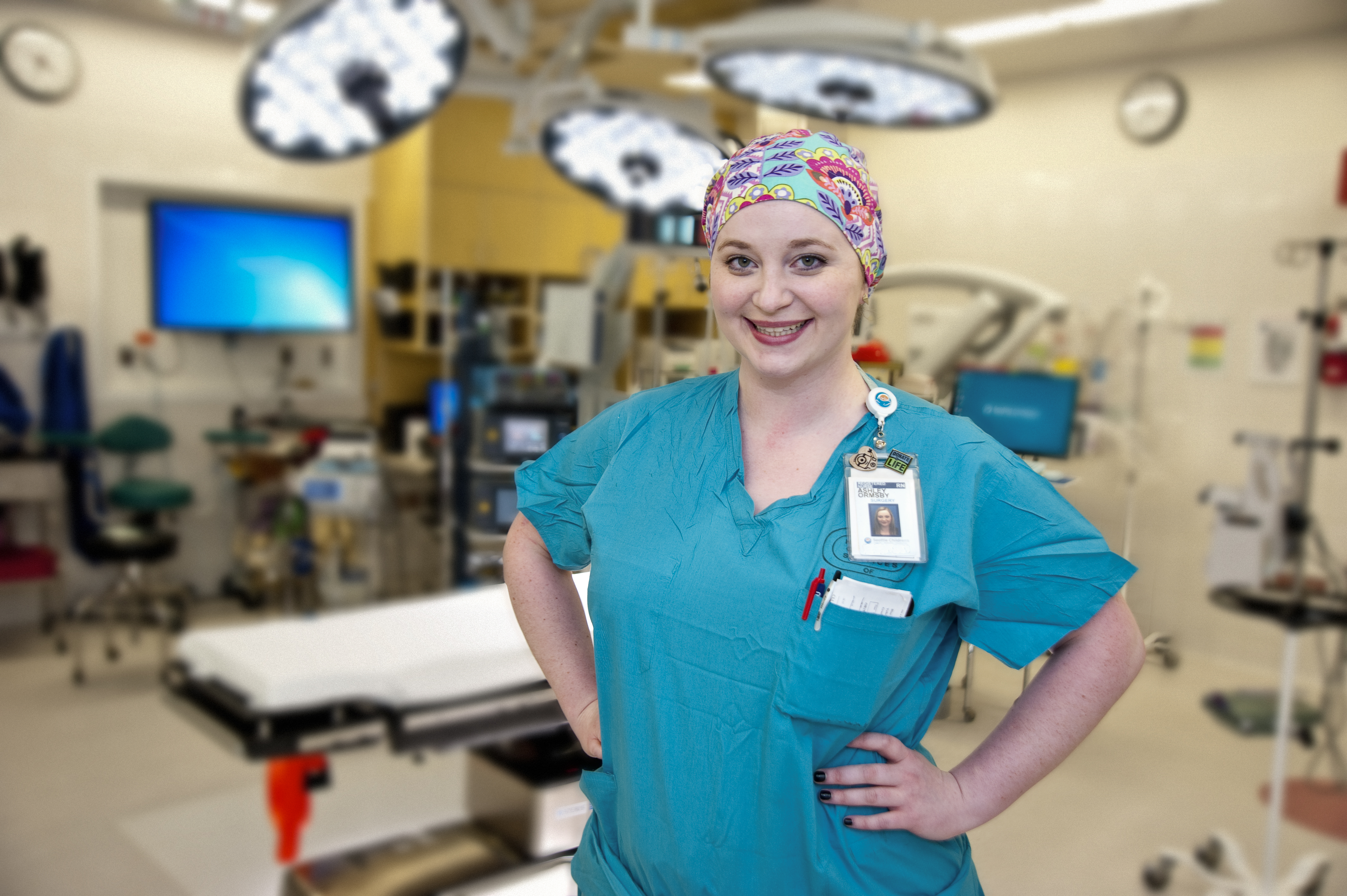The philosophy of risk managers is quite variable. I’ve met risk managers who have totally bought into patient safety and who understand [patient safety] concepts and philosophies. And, I’ve met risk managers who are all about protecting an organization from a legal standpoint and that’s their focus. And, so, that’s the whole spectrum.
To me, a critical piece, if you’re in safety, is to make sure that you are connected and not siloed from risk management, that you try to ensure that your risk management department really understands the principles of patient safety. In theory we’re all trying to do the same thing—mitigate risk and prevent harm. That’s the mutual goal. Where we’ve had challenges are around issues of transparency and disclosure and those kinds of things, but I think we’re making progress on that front.
[One area that patient safety has really pioneered is a systems and human factors approach, which I think really wasn’t as much of a focus of the risk field until recently.] [So, as I said, I think the attitudes you will find among risk management are quite variable. Trying to remove some of that variability by patient safety and risk management working together is really important.]


